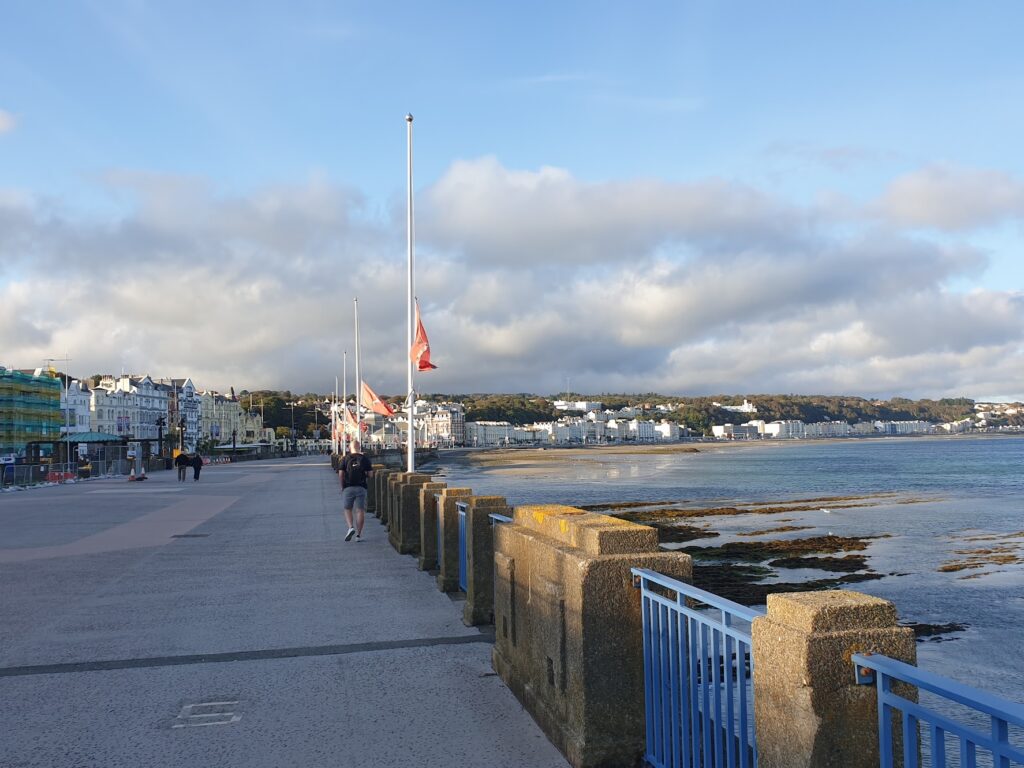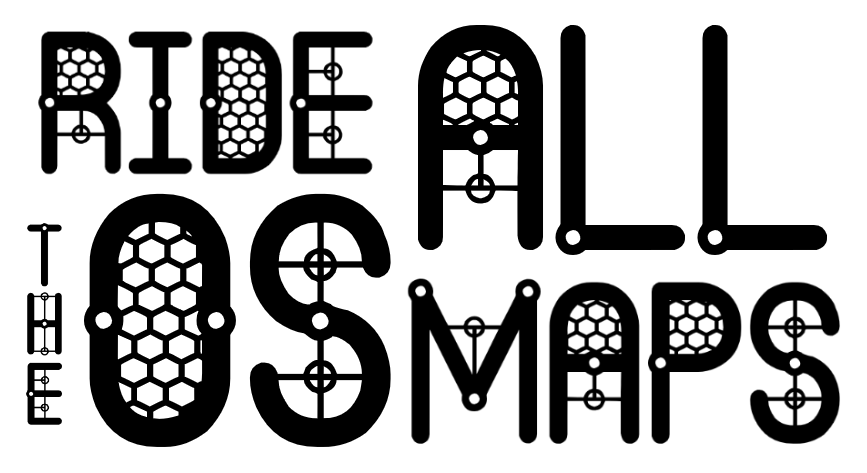
From the top of the highest mountain on the Isle of Man, Snaefell, it is said that you can see seven kingdoms: England, Scotland, Wales, Ireland, the Kingdom of Heaven, Neptune’s Kingdom and the Kingdom of Man. And yet this island, which has over the centuries changed hands from Norse to Scottish to English rule, is today officially a self-governing British Crown Dependency. It relies on the UK for its defence, and it uses the Pound; but in most other respects it controls its own affairs. Its parliament, the Tynwald, was the first national legislative body in the world to give women the right to vote (although not if they were married, obviously) and lays claim to being the oldest continuous parliament in the world. The island arbitrarily celebrated the 1,000 year anniversary of the Tynwald in 1979, although there is no written evidence of its existence from further back than 13th century. Other countries, such as Iceland and San Marino, make similar claims, so take your pick.
Anyway, the capital city of Douglas – a status recently endowed by our now late Queen, the Island’s former head of state, in her jubilee this year – is a handsome and genteel place of cream and white Victorian hotels and other grand buildings strung around a broad bay (not unlike Llandudno, in fact). It was sparkling in the sunshine when I arrived at 6 o’clock this evening. A surprisingly stiff and cool breeze was blowing along the wide promenade from the north, causing the many red Manx flags, with their 3-legged symbol, to flutter at half mast along its length.

It was a pleasant introduction to the island, my first visit despite many distant sightings from the mainland. The Isle of Man, or Ellan Vannin in the original Manx language (now dead), is another example of an island that fits beautifully into its own OS map, in this case Landranger map 95, and it marks the start of my 14th coast to coast journey. Tomorrow I intend to cycle its perimeter, as close as I can, before taking an evening ferry back to the mainland. But the day and night I will spend here are the only time in this whole cycling adventure that I will be outside one of Scotland, England or Wales. The Landranger series of maps does not cover any part of Ireland, nor the Channel Islands. Curious.
I have always thought about coming here; but just never quite have. That is one of the pleasing parts of this adventure. It is making good those little oversights. The ferry journey was a surprisingly lengthy affair: three and a half hours to cross the Irish Sea from Heysham, close to Lancaster. Heysham Port could not be described as pretty, nestled as it is in the shadow of the nuclear power station next door. Nevertheless, there were long views across Morecambe Bay to the Lake District mountains, to the north, and east to the Forest of Bowland and even the more distant outline of Ingleborough in the Yorkshire Dales. I cycled along Morecambe promenade to get there, and there was a film crew out filming “The Bay”, which is apparently quite a popular detective series. Morecambe has a stunning Art Deco hotel on its waterfront, and great views over the water to the mountains; but it is otherwise struggling. Many of its buildings are empty or shuttered and its best days appear to be behind it. It needs a helping hand. Luckily, one is on the way. Morecambe has been chosen as the location for the Eden Project North, on the back of the resounding success of the Cornish original. This promises to bring many thousands of new visitors to the town. So fingers crossed for Morecambe. You can only get so far on an iconic statue of Eric Morecambe, surely one of Britain’s best ever funny men. But perhaps he will be bringing more sunshine than ever in the future.

One other notable feature of my journey: I spent a happy hour in conversation with a female passenger, Hana, who was travelling with her pet rat. Each of us was inconvenienced by some rather un-British behaviour as we boarded the train at a busy Manchester Piccadilly. I’m not used to seeing people push onto a train before the alighting passengers have left the train first. The train staff helped preserve the bike space for me and we took seats next to each other. I thought from the look of the portable travel accommodation that there might be a cat inside. But apparently rats are social creatures and need company, so this one was used to a life on the road. It was a pretty animal, not at all your sewer rat, and recently bereaved, so Hana was acting as its surrogate companion. She told me that rats can be taught to respond to their name and do tricks. I did not know that.
Finally, if you are still here, please go the the Ordnance Survey Instagram home page @ordnancesurvey where you will find a circle you can click on with my name against it. This leads to the social media “takeover” we did on Sept 3rd about my trip up the Kintyre peninsula. It was quite a bit after it happened; but I am very grateful for the exposure. Even better, I think, is the digital map they are making of my trip, and you can see it as an Instagram post on 3rd September, showing most of my travels across Scotland. Watch out for further updates. One day, it will also be framed on my wall at home!

One reply on “The Seven Kingdoms”
Good to have the interesting tour guide back for a morning read Mark! I’ve never been to the Isle of Man and have never met anyone with a pet rat so quite an interesting post overall! You mentioned Eric Morecambe but for some reason I’m thinking of Basil Fawlty …